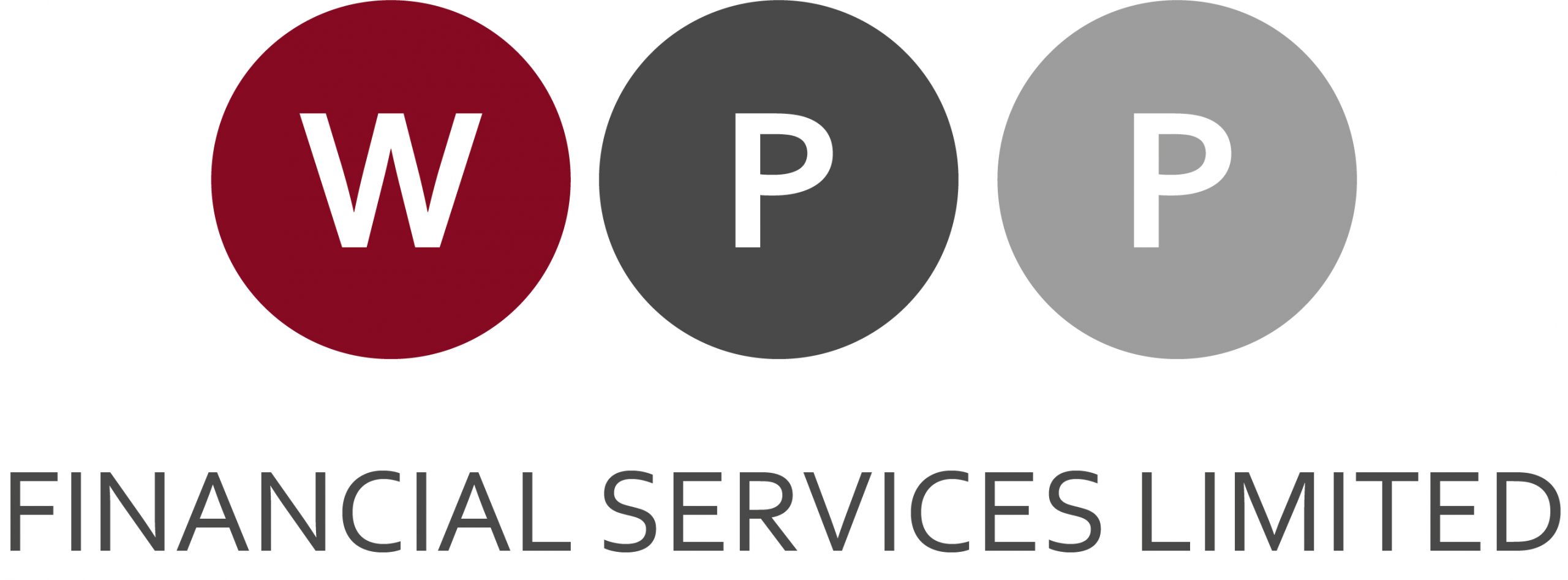Shareholder Protection Information
Shareholder protection allows business owners to buy shares back from any partner who is diagnosed with a critical or terminal illness, or dies. This policy protects the other shareholders by ensuring that they can maintain control and that there is little disruption to the business.
Tax treatment varies according to individual circumstances and is subject to change.
An excellent way to protect your business is Shareholder Protection.
WPP Financial Services, Rochester, Medway Kent, could help with this.
It is a wise idea to set up a shareholder arrangement that sets out how the shares should be valued and will allow any surviving shareholders the right to buy the shares of the shareholder that has died or become critically ill.
Shareholder protection insurance pays the business a lump sum that can be used as the capital to help the company buy the deceased or critically ill person’s share of the business. This allows the company to continue running as normally as possible and prevents disruption to services that are offered.
Shareholder protection insurance is business protection that should be considered; it is life cover that will enable your business to continue to run as normally as possible should another shareholder pass away or become too ill to work. The protection will allow control of the business by being able to buy the insured person’s shares and ensures that the exchange of shares from this owner to others can occur with minimum difficulty. A shareholder protection insurance policy should provide enough of a lump sum to purchase the insured person’s shares and help prevent delays to business because of probate. Clear legal agreements should be pre-arranged detailing the arrangements in the event of death or critical illness. In addition, shareholder protection can be set up to help the shareholder’s family sell their shares quickly and fairly or provide a critically ill shareholder with an income when they can not work.
A risk analysis of a business should include consideration of the impact should a shareholder die or become critically ill including consideration of if you would be able to maintain the business.
The three main types of shareholder protection insurance
Shareholder protection with two shareholders.
When the business is owned by two shareholders, each one takes out a policy that covers the life of the other and represents the value of that partner’s shares in the business. Should one of the shareholders die, the other will receive the ;ump sumpayout that they can buy the shares with and become the surviving shraedholder and owner of the business. the business.
Company share insurance
The business takes out a policy for each of the shareholders which matches the value of their share. Should a shareholder die, the business will receive the lump sum and can then purchase the shares. This is a more complex arrangement and needs careful consideration of tax implications.
‘Own life’ policy arranged by the business trust
Each shareholder has a policy held under a business trust. If a share holder dies, the shares can be purchased with the lump sum payout and shared out equally.
.
Make an Appointment
Shareholder Protection allows the remaining shareholders to stay in control of the business.
When calculating the shareholder protection required, a company should check their ‘articles of association’ document that shows how shares have been distributed. If you have a shareholder with a majority shareholding, these individuals may a priority for shareholder protection. You may also still want to consider those with a minority holding.
When valuing the company and so it’s shares you can consider your dividend yields (past and future dividend projections as well as earnings), dividend yields of comparable companies and use that to calculate the value of your company. Another way to value it is to look at your company performance, both past and present performance and consider realistic projections of future profits making adjustments for any anomalous amounts and exceptional expenses. You can then apply a price to earnings ratio.
You can also value a company and so its shares by considering the net assets (i.e. total assets minus the total liabilities). This is more common for a business that deals in assets.
Many company owners think they are protected from the risks of not having shareholder protection as the business ‘articles of association’ state that on the death of a shareholder, the surviving shareholders must buy their shares. However, this will not be possible if there is not enough money.
A bank loan to buy the shares could be an option but, again, this is not always possible. The death of a co-owner or other significant person can disrupt or and maybe even destroy a business and so banks may not be willing to loan the money if they are aware of these risks and concerned about repayments.
The plan will have no cash in value at any time, and will cease at the end of the term. If premiums are not maintained, then cover will lapse.
The policy may not cover all definitions of a critical illness. For definitions of illnesses covered please refer to the Key Features and Policy Documents.
Information regarding taxation levels and basis of reliefs are dependent on current legislation and individual circumstances, are not guaranteed and may be subject to change.
Get In Touch
Visit Us
Innovation Centre Medway
Maidstone Road
Chatham
ME5 9FD


